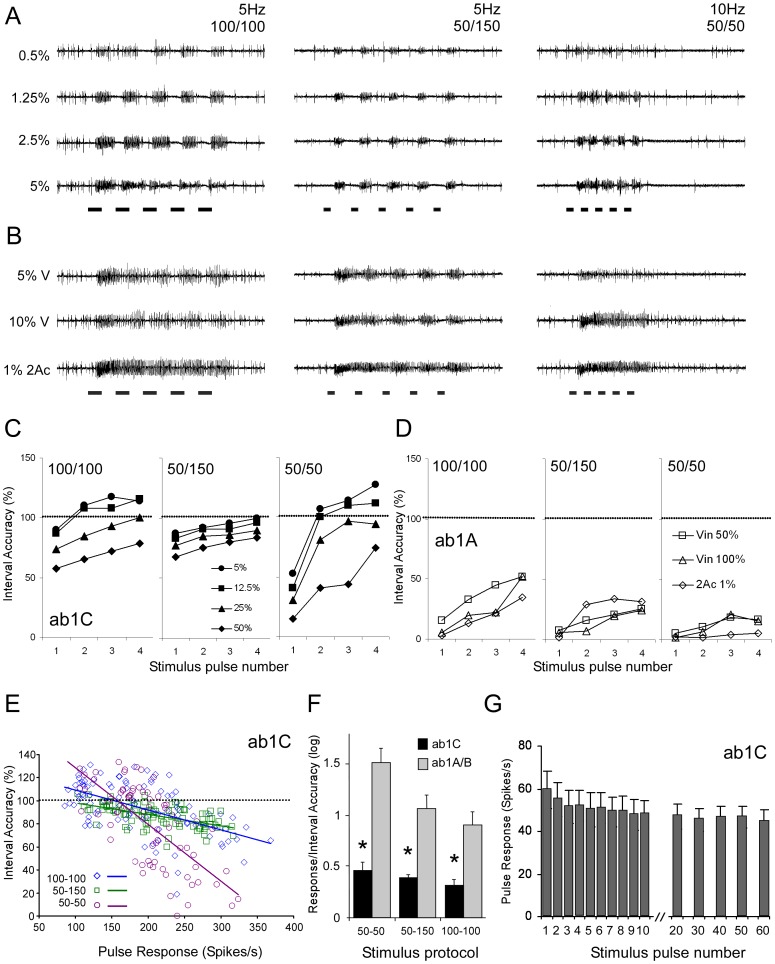Figure 5. Female ab1C neurons encode pulsed stimulations more accurately than ab1A neurons. A.
Recording traces showing the accuracy of responses from female ab1C neurons to a series of CO2 pulses at four different concentrations and three different stimulus protocols. Five 100 ms pulses were delivered at a frequency of 5 Hz or five 50 ms pulses at 5 Hz and 10 Hz. B. Recordings as in A showing responses from ab1A to stimulation with vinegar (V) at 5% and 10% dilution and ethyl acetate (2Ac) at 0.001%. C–D. Accuracy of pulse-interval encoding expressed as the longest inter-spike interval divided by the actual inter-pulse interval for ab1C (C) and ab1A (D) respectively. The accuracy is calculated for the interval following each successive stimulus pulse. N = 4–10 E. Negative correlation between interval accuracy and the ab1C neuron response to the preceding pulse. Different concentrations and successive pulses were pooled. F. The ratio between pulse response and interval accuracy is different for ab1C and ab1A. Asterisk denotes significance (Mann-Whitney U-test, p<0.05) G. Responses of ab1C neurons to repeated 500 ms stimulations with 0.5% CO2 at a frequency of 1 Hz showed a low level of adaptation. N = 7. Values are means ± SEM.

